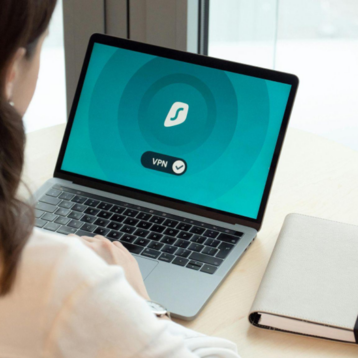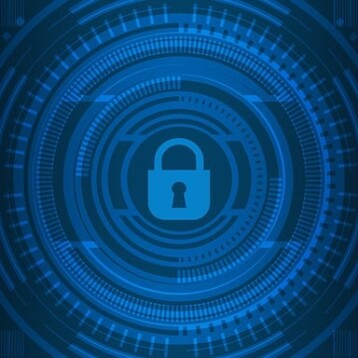Dr. Markus Kuhn from Cambridge University developed a technique for eavesdropping on flat panels using radio antennas and a special software. This technique was demonstrated back in 2006 when Kuhn demonstrated how he could read a computer screen located 25 meters away behind three walls using only 1000 pound worth of equipment.
The technique basically enhances the radio emissions produced by the computer cables sending a signal to the monitor. The image on the computer screen is fed through a cable one pixel at a time. Because the image is built in a certain order Kuhn was able to work out how to decode the color of each pixel from its particular wave form.
Electronic eavesdropping goes a long way back. Back in 1914 the German army used valve amplifiers for listening to ground return signals of distant British, French and Russian field telephones. In the mid 1980s a different technique was developed by Wim Van Eck called the Van Eck Phreaking for eavesdropping on CRT monitors using electromagnetic emissions. Efforts have been made by intelligence agencies across the world to defend against this kind of espionage in the past using shielding and other methods.
Kuhn himself admitted that it is possible to make eavesdropping more difficult on his system using well-shielded cables and other methods. However without awareness sensitive systems might be compromised.










